Spectacular breakup of WT1190F seen by airborne astronomers
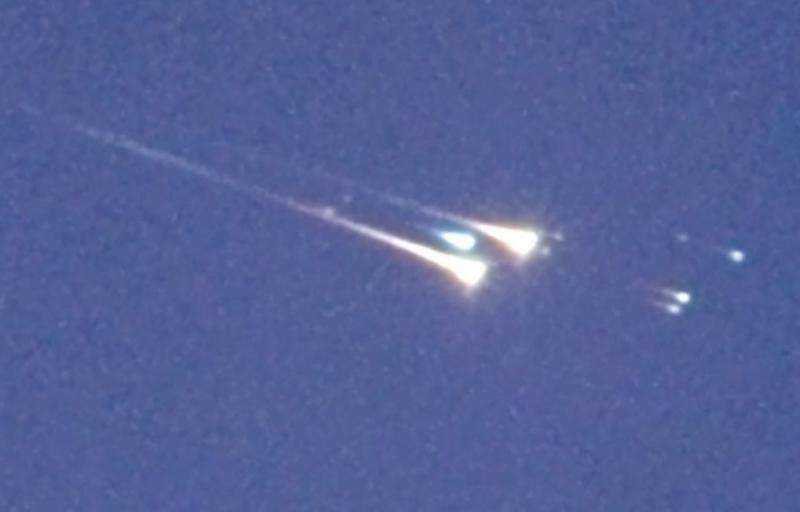
Clouds hampered observations from the ground in Sri Lanka during the re-entry of WT1190F overnight, but a team of astronomers captured spectacular images of the object from a high-flying plane over the Indian Ocean very close to the predicted time of arrival.
The International Astronomical Center (IAC) and the United Arab Emirates Space Agency hosted a rapid response team to study the re-entry of what was almost certainly a rocket stage from an earlier Apollo moon shot or the more recent Chinese Chang'e 3 mission. In an airplane window high above the clouds, the crew, which included Peter Jenniskens, Mike Koop and Jim Albers of the SETI Institute along with German, UK and United Arab Emirates astronomers, took still images, video and gathered high-resolution spectra of the breakup.
The group of seven astronomers hoped to study WT1190F's re-entry as a test case for future asteroid entries as well as improve our understanding of space debris behavior. Photos and video show the object breaking up into multiple pieces in a swift but brief fireball. From the spectra, the team should be able to determine the object's nature—whether natural or manmade.
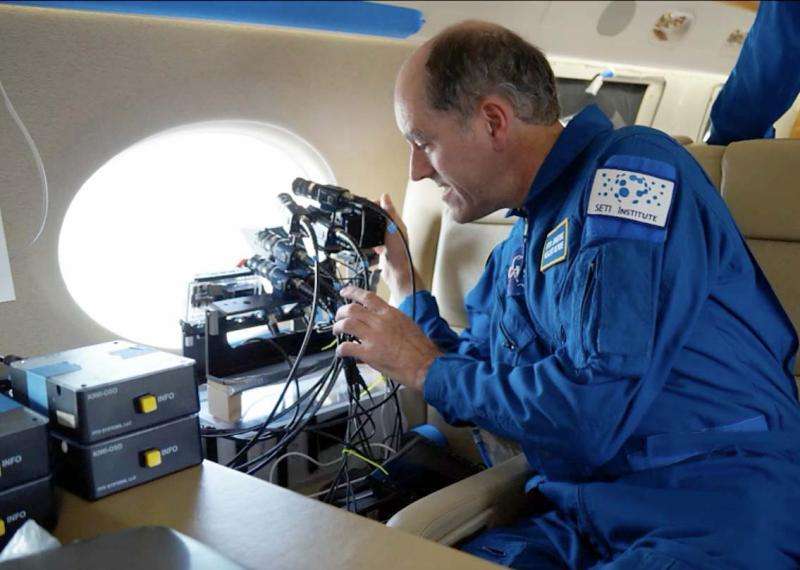
-
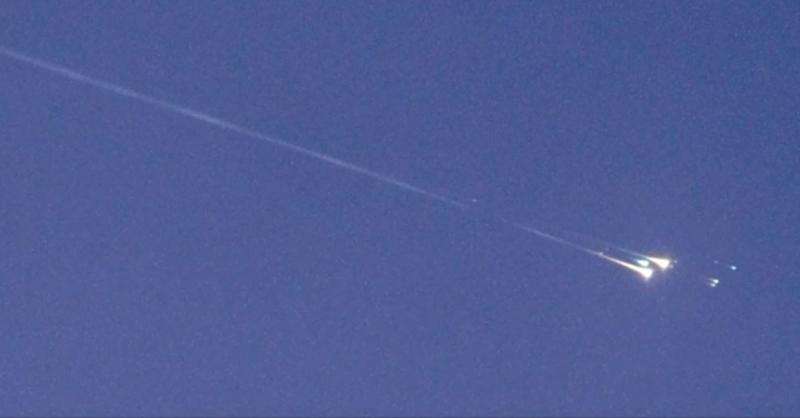
Wide view of the colorful fireball and breakup when WT1190F struck Earth’s atmosphere. More than 20 cameras were used to record the event. Credit: IAC/UAE Space Agency/NASA/ESA -
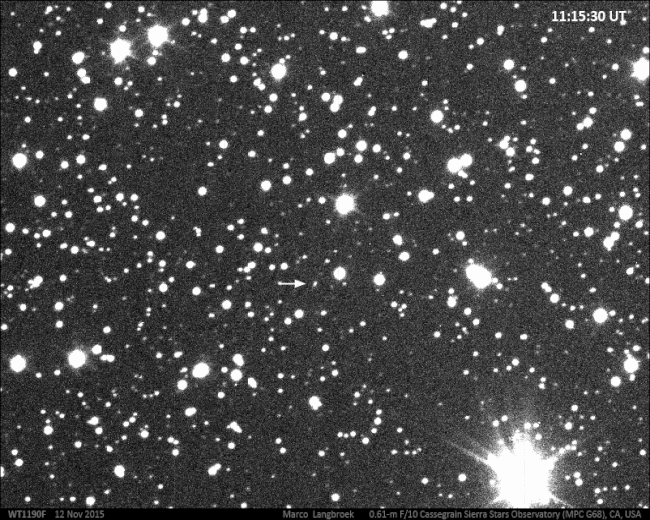
Animation from photos made on Nov. 12 when WT1190F was still in one piece in orbit about the Earth. Credit: Marco Langbroek -
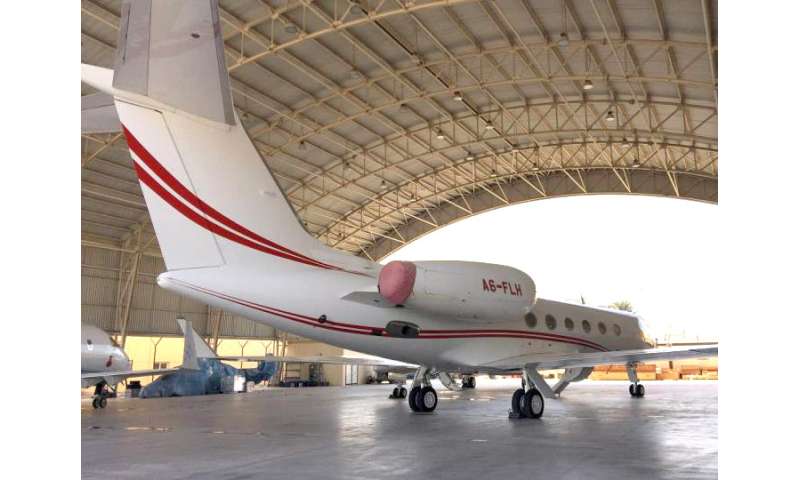
Flying observatory. This Gulfstream 450 business jet, sponsored by United Arab Emirates and coordinated by Mohammad Shawkat Odeh from the International Astronomical Center, Abu Dhabi, was used by the team to observe and record the re-entry. Only five windows were available to make observations. Credit: IAC/UAE Space Agency/NASA/ESA -
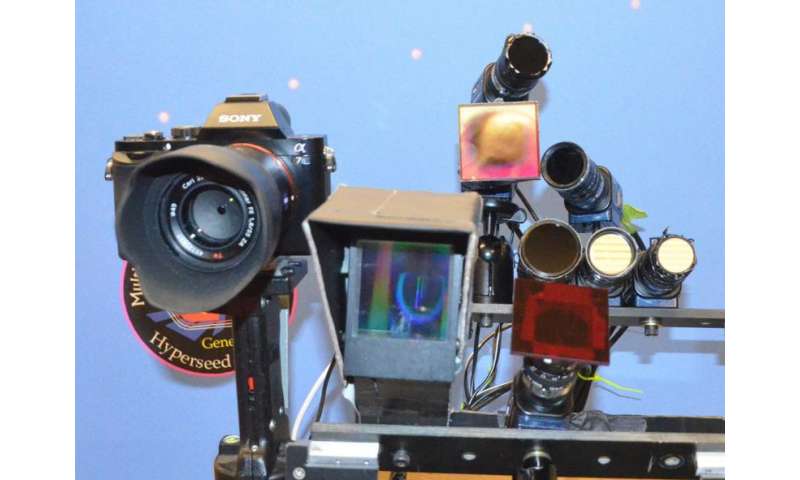
SETI Institute “staring cameras” used for wide field observations of the re-entry. Credit: IAC/UAE Space Agency/NASA/ESA
Source: Universe Today





















